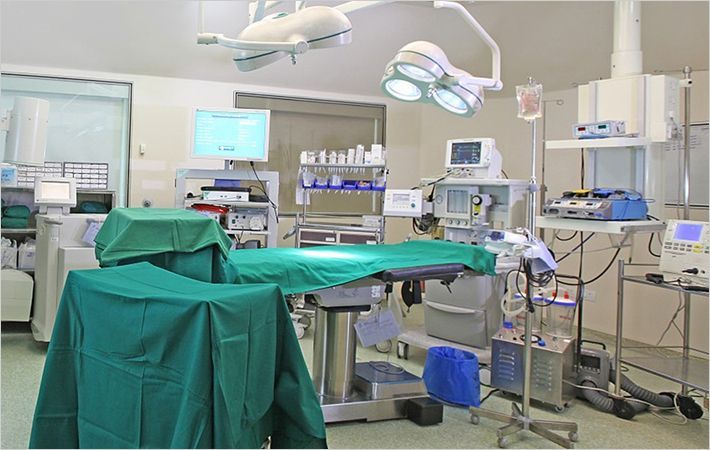This technology uses the limited compressibility of natural fibre yarns with specific composite processing methods to design reinforced thin-walled structures with meso-scale ribs, which are tailorable in thickness, direction and density.
This approach requires a relatively thick yarn with the right amount of twist: too little and the low compression resistance during processing will lead to a collapse of the ribs, too much and the misalignment of the will lead to a decrease of the mechanical properties of the resulting composite. Figure 3 shows an example of the ampliTex ±45° power ribs fabric and a shell element for a transportation part with the power ribs.
There are numerous applications for this material in industries such as sports and leisure, consumer electronics and mobility. Bcomp is currently working on several projects with different partners to develop highly cost-effective shell elements with exceptional stiffness-to-weight ratios, aimed at the use in applications ranging from laptop casings to body parts of electro-mobiles.
Eco superior company:
It all started in 2003, when Cyrille Boinay with his carbon fiber skis (DrakeBoinay) stepped up to the two EPFL doctorates Christian Fischer and Julien Rion. While the synthetic fibers where lightweight and robust, they provided too much spryness and disturbance on the snow, which the researchers went about to change.
During this process, they discovered the damping characteristics of natural fibers and used these advantages for the development of two patented technologies, which they turned into a company 8 years later with the founding of Bcomp Ltd. Today Bcomp is a team of 8 highly motivated fellows, developing different products and projects within the exciting world of natural fibers.
Bcomp

